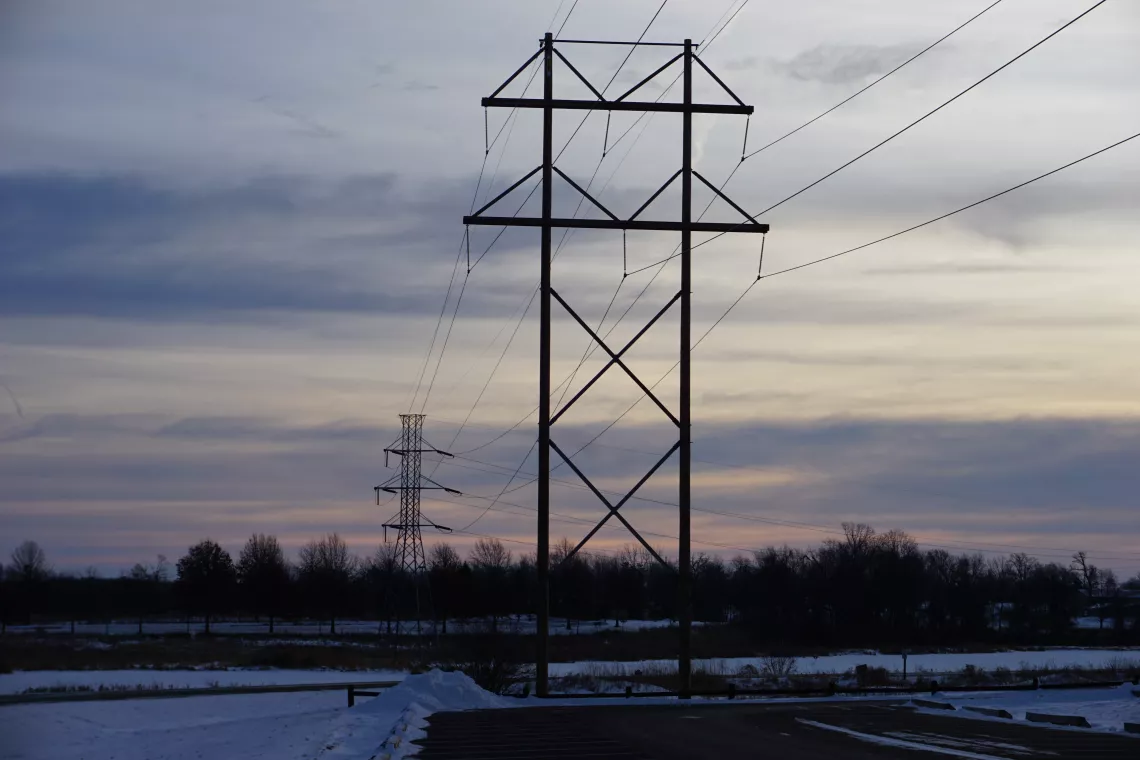Gas continues to show its risks
By Katie Rock
Extreme weather events from the past few years continue to show us the risks of continuing to rely on fossil fuels. This winter, Winter Storm Elliot, much like Winter Storm Uri in 2021, saw large volumes of gas and coal power plant outages that caused blackouts in communities in North Carolina and Tennessee. Between volatile prices and rickety plant performance, gas continues to show its risks.
The Inflation Reduction Act (IRA) passed last summer changes the game by offering incentives for clean energy and new financing options to help transition from both coal and gas. Extra incentives for “energy communities” offer new opportunities to transition from dirty fossil fuels to clean energy. The Energy Infrastructure Reinvestment Program offers up to $250 billion in low-cost loans to transition to cleaner energy, including the ability to refinance higher-cost debt and equity, saving ratepayers billions of dollars.
Thanks to these incentives, a recent analysis found that when the maximum in tax credits are allowed clean energy outcompetes 99 percent of the gas plants slated for construction between now and 2035.
So what does this mean for Iowa? Unlike other parts of the country, Iowa transitioned more to wind energy than gas when coal plants came offline over the last few decades. But Iowa does have qualified energy communities tied to past or current gas and coal power plants that could pursue the maximum in new incentives. You can view a GIS map of qualifying “energy communities” in Iowa here.
For example, Burlington in southeastern Iowa recently shifted its coal fired power plant to run on gas. They should be eligible for Section 50144 Loans in the Energy Infrastructure Reinvestment Program, which provide:
"commitments of up to $250 billion in loans and guarantees, including refinancing to:
-(1) retool, repower, repurpose, or replace energy infrastructure that has ceased operations (including remediation of environmental damage associated with energy infrastructure at the site);"
The money is specifically targeted at providing financing to retire coal plants, but should be applicable for gas as well. The major caveat is that the funding can also be used for carbon capture, utilization and storage (CCUS), so we need to push hard for the money to get used for clean energy and not sequestration. That's the only funding source we know of other than the incentives for clean energy.
